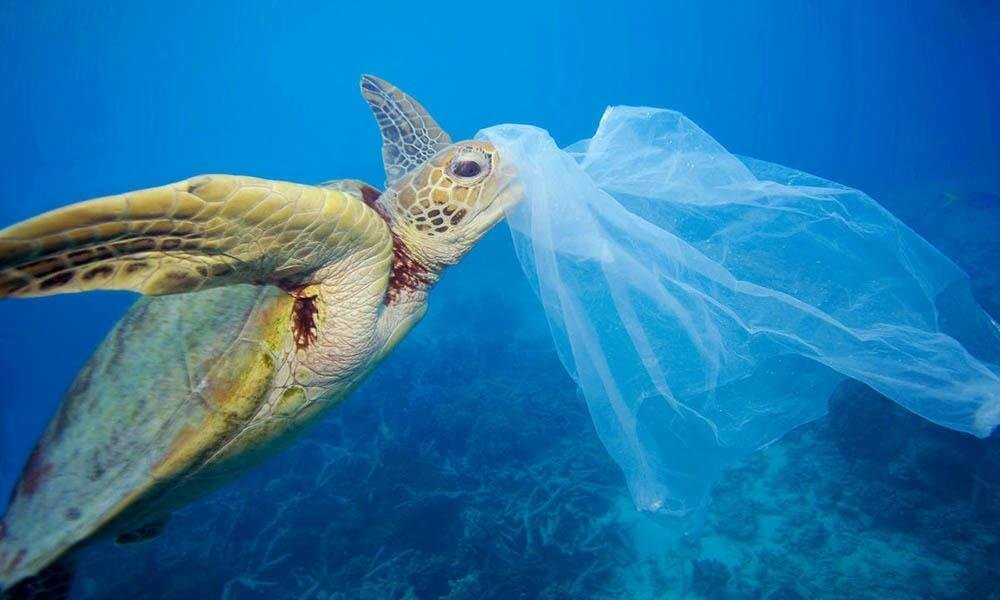
Inhaltsverzeichnis
How does plastic waste actually get into the sea?
The fact that more and more garbage is ending up in the oceans is no longer news to us. But what is so What's wrong with plastic in the ocean and how does it actually get there?
About two-thirds of the Earth's surface is covered by water. And these oceans are now among the dirtiest places on earth. You may have also heard that by 2050, there will be more plastic in the ocean than fish – if nothing is done to combat littering.
Why is plastic harmful in the ocean?
Not only does water quality suffer from plastic, but above all, the underwater world. And in the long run, we humans probably do too.
Fish and other marine creatures often mistake plastic for food. Turtles, for example, mistake plastic bags for jellyfish, and fish swallow small plastic particles, mistaking them for plankton. This not only causes the animals to starve, but the indigestible parts damage their stomachs and other internal organs.
The fact that the animals suffer so much should actually be reason enough to want to do something about plastic waste. However, some people only seem to really consider it when they learn that this type of waste recycling could also have consequences for themselves. The tiny plastic particles that fish swallow are naturally ingested when they eat them and thus also enter our bodies. The long-term consequences of this are not yet known. Nevertheless, we all intuitively know that it certainly can't be good for our bodies.
How does garbage get into the oceans?
80% of plastic waste enters the oceans via land-based inflows.
This includes:
- Carelessly discarded plastic bottles and packaging:
They are washed into the sea via canals and rivers. - The drains in our home:
Whether it’s microparticles in toothpaste, shower gel, or contact lens cleaner – sooner or later, all of this ends up in the oceans. - Plastic particles from the washing machine:
Synthetic fiber textiles shed a huge number of tiny fibers during washing. And because these are so small, they don't stick to anything, but instead end up in the ocean unhindered. - landfills:
Plastic waste from open landfills is blown away by the wind and thus also ends up in the ocean. We're not talking about individual pieces of plastic, but tons (!) of plastic waste. - Plastic production:
This is actually obvious, but it is still worth remembering: the more plastic is produced and consumed, the more ultimately ends up in the oceans.
The remaining 20% comes directly from shipping and fishing. Equipment such as fishing nets is sometimes deliberately dumped in the ocean. This not only leads to increased plastic accumulation in the water but also causes fish to become entangled in these devices and thus die.
How bad is the situation and how is the garbage distributed in the oceans?
One can use different metaphors: A truckload of plastic enters our oceans every minute. Up to 46,000 pieces of plastic waste float in every square kilometer of ocean.Or to return to our initial image: by 2050 there will be more plastic pieces than fish in the sea.
What we can see is just the tip of the iceberg. More than 70% of the garbage sinks to the seafloor. 15% floats on the surface, and 15% washes up on shores. Therefore, the plastic in the ocean cannot simply be fished out. Furthermore, in the worst case scenario, plastic takes several hundred years to decompose. Before that, the plastic breaks down into smaller and smaller particles, thus becoming microplastics.
In short: the situation is more than alarming.
What can we do?
As already mentioned: Garbage that is not produced does not end up in the sea. Unfortunately, we cannot (literally) solve the problem overnight.
It's all the more rewarding to know that you can still do something about it yourself. Namely, by avoiding (plastic) waste. In this blog article Here you will find simple tips with which you can reduce your plastic consumption in everyday life.
You can also make a positive contribution by helping to educate those around you. This way, you'll help more and more people become aware of the issue. For example, feel free to forward and share this post; I would be very grateful.
If you enjoyed this and would like to learn more about healthy eating, mindfulness or sustainability, Check out many more exciting blog articles on these topics here.
My sources were:
http://www.wwf.de/fileadmin/fm-wwf/Publikationen-PDF/Infografik_Muell_im_Meer.pdf
https://www.duh.de/plastik-im-meer/
https://www.nabu.de/natur-und-landschaft/meere/muellkippe-meer/16805.html










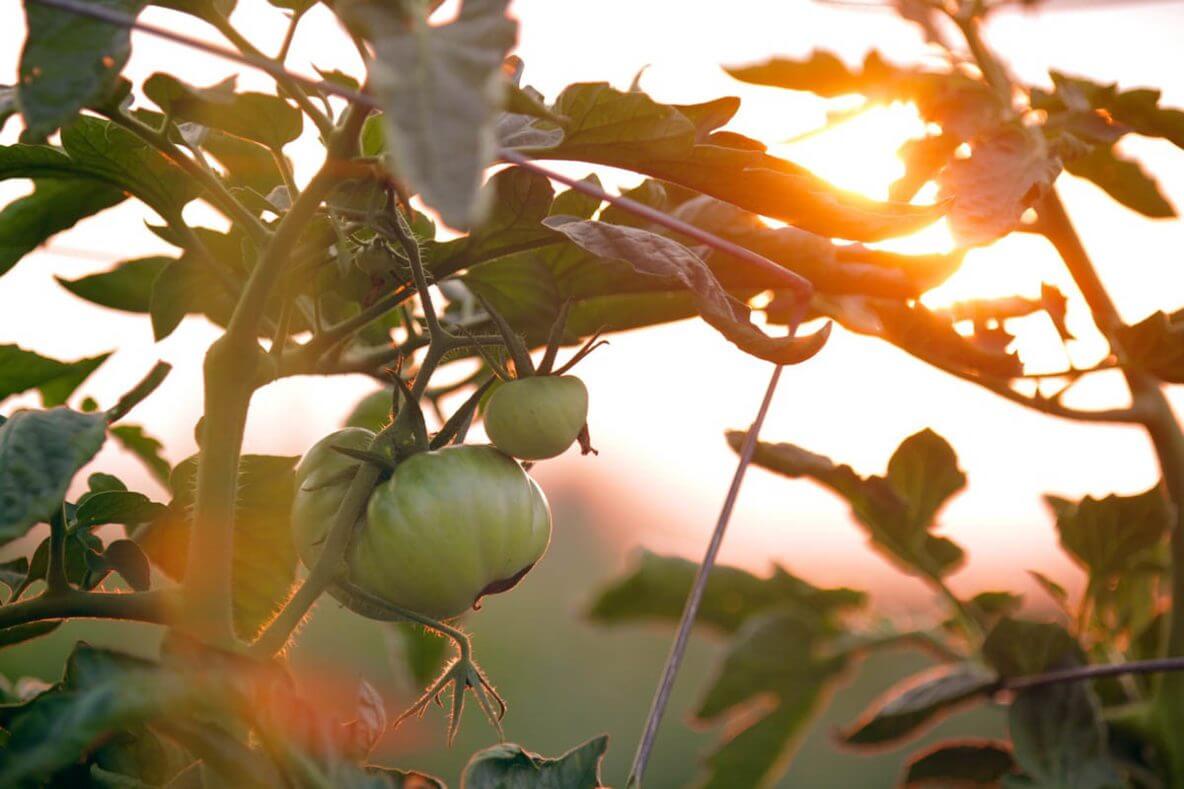


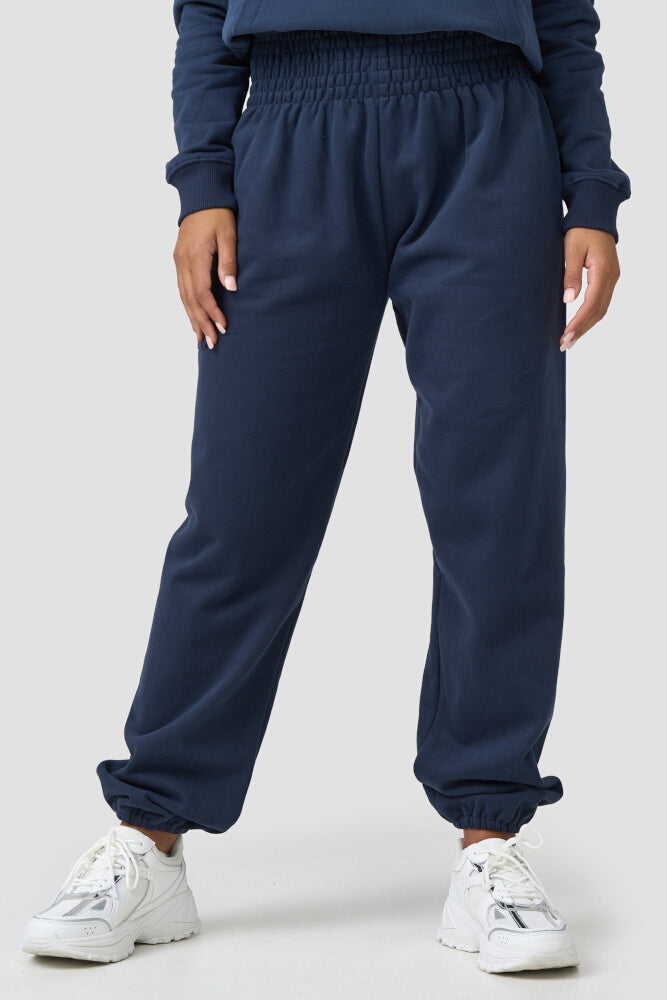

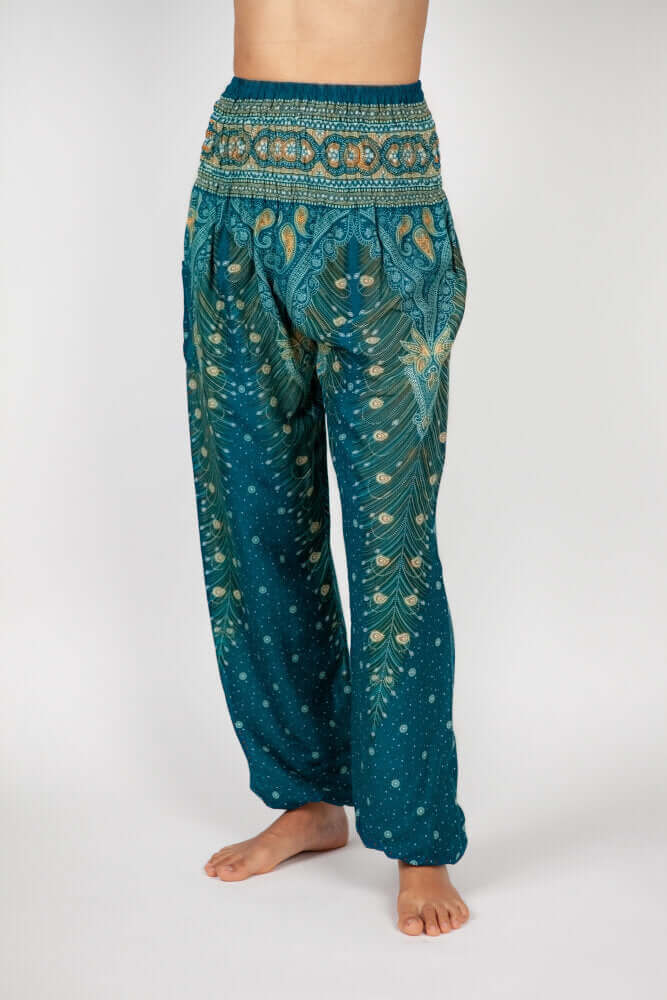

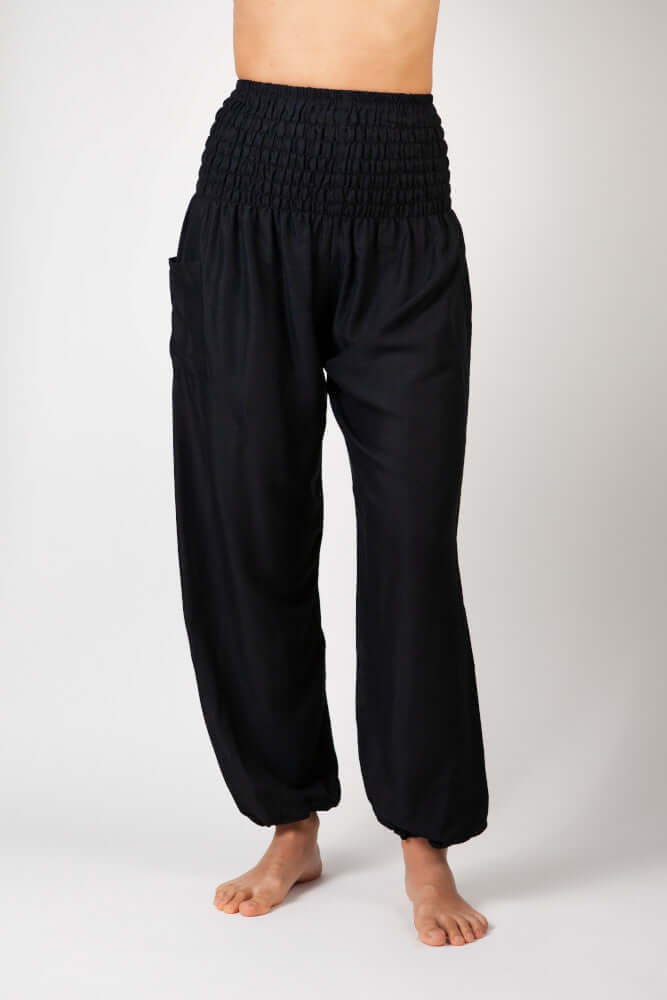











Leave a comment
This site is protected by hCaptcha and the hCaptcha Privacy Policy and Terms of Service apply.